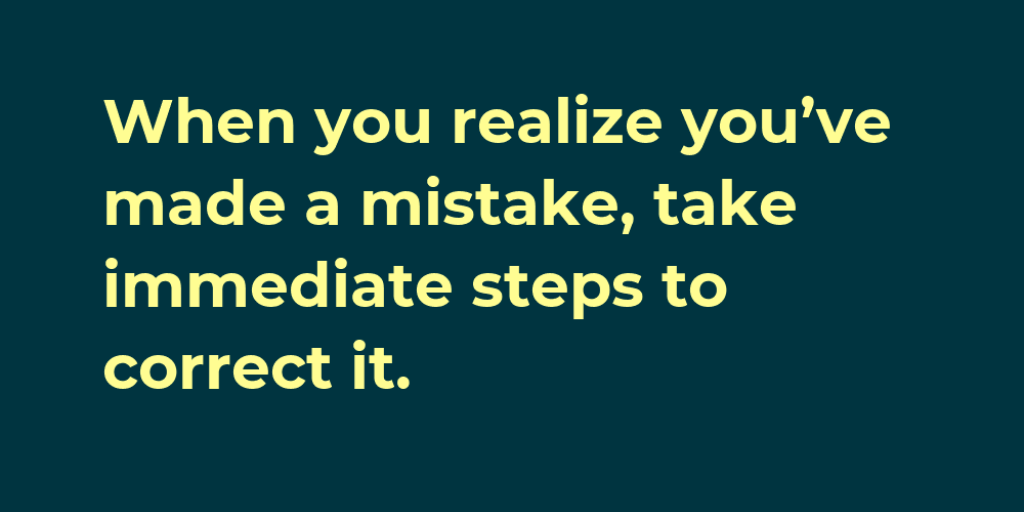Last updated on April 10th, 2025 at 08:48 pm
Introduction
Have you ever found yourself in a state of affairs wherein you knew, deep down, you made a mistake? Like a huge? Imagine this: You are in a brand new, interesting town, geared up to find, and you’ve hired a manual. But some are closed. You see, “Oh, the traveler hired the wrong tour guide!” What now? Let’s break it, will we, do it?
Recognizing the Red Flags: Signs You’ve Hired the Wrong Guide
This is not always clear immediately, but there are Teletell signs that you have launched a guy. Think of it as a bad date – you start to look at small things that add up?
Lack of Local Knowledge
You can expect a tour guide area to have a pedestrian lexicon, right? But if they combat the commands, give them vague solutions, or make it worse, it is a huge pink flag. It’s like a chef who doesn’t recognize the cloth in their dishes. You think, “Do they also live here?”
Poor Communication Skills
Are they mumbling? Speaking too fast? Using jargon you don’t understand? Clear communication is important. If you cannot apprehend them or they can’t apprehend you, it will be a long, disappointing day. It’s like looking to interact with a person who talks a specific language completely.
Unprofessional Behavior
Late arrival, constant telephone district or derogatory comments – all of these are signs of disabilities. They are not just a guide; They represent the area. If they don’t care, why should you do it? Imagine a doctor who looks late and checks your phone under your appointment – unacceptable, isn’t it?
Mismatched Expectations
Would you have a historic tour, but they take you to all the trendy cafés? Do you expect an intense experience, but they run through everything you? If your expectations are not met, you are in for disappointing times. It’s like ordering a pizza and receiving salads.
Immediate Actions: What to Do When You Realize the Mistake

So you realize you’re stuck with a bad guide. The traveler hired the wrong tour guide Don’t panic! What can you do here?
Documenting the Issues
Take notes, photos, or even videos of the problems. The more evidence you have, the better. This will be important if you need to take a refund or submit a complaint. It’s like holding a receipt for a defective product.
Communicating Your Concerns
Do not suffer in silence. Humiliated, but expresses your concerns about the guide strongly. Give them a chance to address problems. Sometimes a simple conversation can make a difference. “Hi, I saw that we lack many historical places, can we focus on them?”
Finding a New Guide On the Fly
Use your smartphone to detect local tour operations or independent guides. Check the assessments, ask for recommendations, and see if it is not short-lived available.
Seeking Assistance from Local Resources
Tourist Information Center, Hotel Kansirs, and even favorable local people can be a tax of information. They can learn about iconic guides or suggest alternative activities.
Navigating the Aftermath: Minimizing the Impact on Your Trip
Okay, the damage is done. Now, how do you overcome the rest of your trip?
Adjusting Your Itinerary
Do not waste the complete leave for a bad experience. Reject your plans and focus on activities you can enjoy independently. Explore the city on its own, visit museums or try local restaurants.
Seeking Compensation or Refunds
If you have paid an advance, do not be afraid to request a refund or partial compensation. Give your documentation and explain why you are dissatisfied. This is the right to pay you paid.
Learning from the Experience
Every experience, even a bad one, can have an opportunity to learn. Reflect on what went wrong and what you could do in special methods. This will assist you in making higher selections in the future.
Preventing Future Mishaps: How to Choose the Right Tour Guide

Let’s make sure it might not show up once more, do we?
Researching and Reading Reviews
Before ordering a tour, do your homework. Read the review on reputable websites and see the continuous response. Be aware of both positive and negative comments. It’s like reading a customer review before buying a new thing.
Asking the Right Questions Before Booking
Don’t be shy! Ask a potential guide about their experience, ability, and specific travel program. Explain your expectations and make sure they match the guide. “Since when have you been a guide here? What specific historical places will we see?”
Trusting Your Gut Instincts
If anything feels, rely on your intuition. If a guide appears to be clear or unprofessional during the first contact, it is best to see elsewhere. Your gut is often right.
The Emotional Rollercoaster: Dealing with Disappointment
Let’s be real, it’s useless. You are disappointed, disappointed, maybe even angry. It’s okay to feel these feelings.
Reframing the Situation
Instead of staying negatively, try preparing the situation again. Think of it as an adventure, a story that you want to tell later. This is like a round on a road trip – you can find something fantastic.
Focusing on the Positives
Even in poor condition, it is usually something positive. Maybe you learned something new about the area, or you discovered a hidden gem on your own.
The Silver Lining: Turning a Bad Guide Experience into a Good Story
From now on you tell this story, and people will be taken in captivity. It is an unpredictable twist and the turn that makes the journey memorable. You can laugh at it, learn from this and use it as a story of caution.
Conclusion
The journey is about squeezing the unpredictable. Sometimes things do not go according to plan, and this is good. The traveler hired the wrong tour guide. It happens. The important thing is how to deal with it. By staying calm, being active and learning from experience, you can make a potential disaster a valuable life. A bad guide prevents you from searching for the world. Keep your adventure work alive and remember that the worst travel stories can also have a silver lining.









